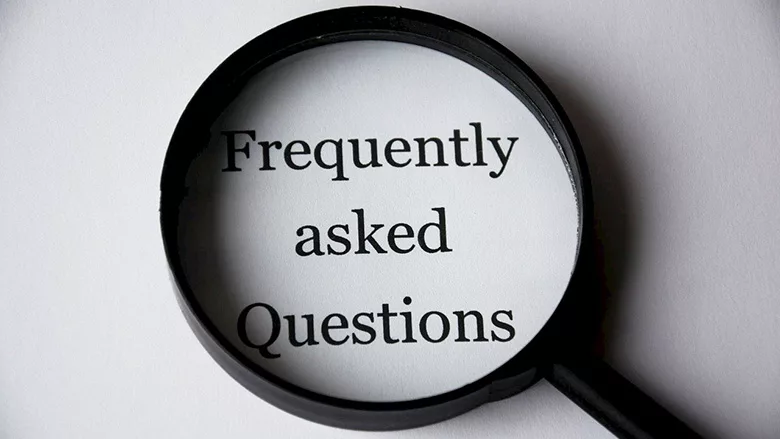FDA Answers FAQs About FSMA Final Rule on LAAF

The U.S. Food and Drug Administration (FDA) recently published answers to frequently asked questions (FAQ) about the Food Safety Modernization Act (FSMA) final rule on the Laboratory Accreditation for Analyses of Foods (LAAF). The FSMA final rule on LAAF establishes a laboratory accreditation program for the testing of food under certain circumstances. The LAAF program is intended to improve the accuracy and reliability of certain food testing through the harmonization of standards and enhanced FDA oversight of participating laboratories.
Under the LAAF program, FDA will recognize accreditation bodies (ABs) that will accredit laboratories to the standards established in the final rule. The final rule also specifies eligibility requirements for ABs and laboratories that wish to participate in the program, as well as procedures for how FDA will oversee the program. FDA explains that, in certain circumstances, owners and consignees will be required to use a LAAF-accredited laboratory for food testing. FDA will maintain an online public registry that lists recognized accredited bodies and LAAF-accredited laboratories.
In its recent FAQ, FDA clarified what testing is covered under the LAAF final rule. After the LAAF rule is fully implemented, owners and consignees will be required to use a LAAF-accredited laboratory for food testing:
- To support removal from an import alert through successful, consecutive testing
- To support the admission of an imported food that has been detained at the border due to possible violation of the Federal Food, Drug, and Cosmetic Act (FD&C Act)
- When required by existing FDA food safety regulations to address a food safety problem
- When required by a directed food laboratory order
- When conducted in connection with certain administrative processes.
FDA also defines a “directed food laboratory order” in its FAQ. FDA states that a directed food laboratory order is a tool that allows FDA to require that food testing be conducted under the LAAF rule in certain circumstances. According to Section 422(b)(1)(A)(ii) of the FD&C Act, the legal standard for issuing a directed food laboratory order is to address an identified or suspected food safety problem, when deemed appropriate by FDA. A directed food laboratory order will specify the food product or environment to be tested, as well as one or more validated test methods. Only specific FDA officials have the authority to issue a directed food laboratory order.
FDA further clarifies that an “identified food safety problem” could be present when a specific article of food violates a food safety provision of the FD&C Act, and a “suspected food safety problem” could arise from an issue with a specific article of food or food production environment. Additionally, FDA defines the “appropriate circumstance” in which to issue a directed food laboratory order as when FDA has reason to question a firm’s past or present test results. Routine, preventive product and environmental testing would not by itself be a sufficient basis for a directed food laboratory order.
Finally, FDA addressed whether or not LAAF-accredited laboratories that conduct testing outside of the LAAF program need to send their test results to FDA. According to the agency, LAAF-accredited laboratories only need to send test results to FDA when the testing is conducted under the LAAF rule. If an owner or consignee hires a LAAF-accredited laboratory to conduct testing outside the scope of the LAAF rule, then the laboratory does not need to submit the test results to FDA.
Update, August 26, 2022: FDA has published answers to additional FAQs that review general requirements for test methods used under the LAAF program; clarify that FDA does not maintain a comprehensive list of test methods performed by LAAF-accredited laboratories; and describe the specific test methods that are required in certain circumstances covered by the LAAF final rule.
Looking for quick answers on food safety topics?
Try Ask FSM, our new smart AI search tool.
Ask FSM →









